The Eris HD10BT from Presonus score points with a heavy-duty and high-quality design, not only that but these over-ears are also handy and portable, they fit comfortably and can adapt flexibly. If you don’t mind the bass-heavy tuning in ANC mode, you can also make use of the handy noise suppression feature when commuting. One criticism is that high-quality audio codecs are no longer supported. The range of uses that these headphones can be put to are also limited by weaknesses in the very low and very high frequencies.
Designed for studio and mobile use, the Eris HD10BT foldable, closed-back over-ears from Presonus support Bluetooth standard 5.0 and feature active noise cancellation, as well as a functional 3-button remote for device control.

What immediately strikes you about these headphones is the solid construction; they are not primarily made of plastic as is usually the case. Although the HD10BT certainly aren’t lightweight, coming in at 341 grams, their exceptionally high metal content suggests great robustness and gives them the high-quality feel of a well-made pair of headphones. Despite their weight, the fit is comfortable and tight rather than loose, meaning that they retain a stable hold on your head, even when in use on the move. The highly adjustable tilting, swivelling and collapsible ear cups ensure comfort without too much pressure, even during long periods of use. The oval-shaped ear cups are suspended at a slightly slanted angle rather than straight, and the soft imitation leather padding fits snugly around the ears which enhances isolation from the noise of the outside world. However, this design does mean that they do start to feel rather warm for the wearer after a while.
For wired use, a high-quality mini-jack cable and jack adapter are included, each with gold-plated contacts, so that the HD10BT can be connected to any equipment straight out of the box. In addition, a wireless battery life of a good 17 hours at higher levels is offered before the headphones need to be supplied with power via the USB charging cable, which is also included. A complete charging cycle of the lithium-ion battery takes just under three hours. Noise suppression is well implemented and available both via cable and in Bluetooth mode. However, the wireless runtime is reduced to about eleven hours when used in ANC mode.
Device control
Pairing the headphones is done by holding down the central remote button on the right-hand side for a few seconds; this turns the system on and puts it into pairing mode. There were no connection problems with the various Android and iOS devices that we tried, but the headphones didn’t have a great range within an urban environment, only offering between seven and eight metres. On the other hand, a positive feature was good speech intelligibility during telephone calls, with the central button being used to accept and end calls and to control playback. Add to this the large plus and minus buttons available for volume control, which when held down can also be used to select titles. A curious feature, however, is that the minus button is used to jump forward, while the plus button can be used to jump back. This button assignment seems unusual at first, but you quickly get used to it. Otherwise the remote reacts perfectly.
Sound
These over-ears have quite a high output, which provides reserves and plays with fairly strong, punchy basses, but their primary presence lies in the upper to middle bass range. But there is hardly any depth. Otherwise, the basses sound well defined but are slim and dry rather than full and rich. The trebles also have presence, appearing fresh and authentic, but drop off a bit and lose precision in the uppermost frequencies. Voices are come across particularly clearly and in detail, while having a pleasing, slightly warm tone. On the whole, these headphones do not belong to the neutral, analytical category, but they do have a discreet warmth and down to earth character. With regard to sound quality, a distinction must be made between the two operating modes: when the headphones are used wired they offer a direct, dynamic reproduction with an appealing resolution, but some compromises have to be accepted when using them wirelessly, since they have dispensed with the support of high-quality audio codes such as AAC or aptX .
Noise cancelling
The ANC mode can be activated or deactivated and amplified via a separate slide switch on the left ear cup, which significantly expands the bass, to cover the lower bass range. This makes the overall sound noticeably fuller and wider, but I also found the bass to be overloaded, especially since the extra bass had little precision. Monotonous, low-frequency noise, such as you might experience when commuting by train, is almost no longer perceived, while more complex sources of noise are at least reduced.
Technical specifications
- Ear couplingOver-ear
- Typeclosed
- Transducer principledynamic
- Frequency response (headphones)20 - 20.000 Hz
- Impedance30,65 ohms
- Sound pressure level (SPL)101,19 dB
- Pressure averaged from big and small head665 g
- Weight with cable353 g
- Weight without cable341 g
- Cable length115 cm
What's in the box
- Cable with mini jacks
- 6.35mm stereo jack
- USB charging cable
- Hard shell case
Special features
- BT codecs: SBC
- BT version: 5.0











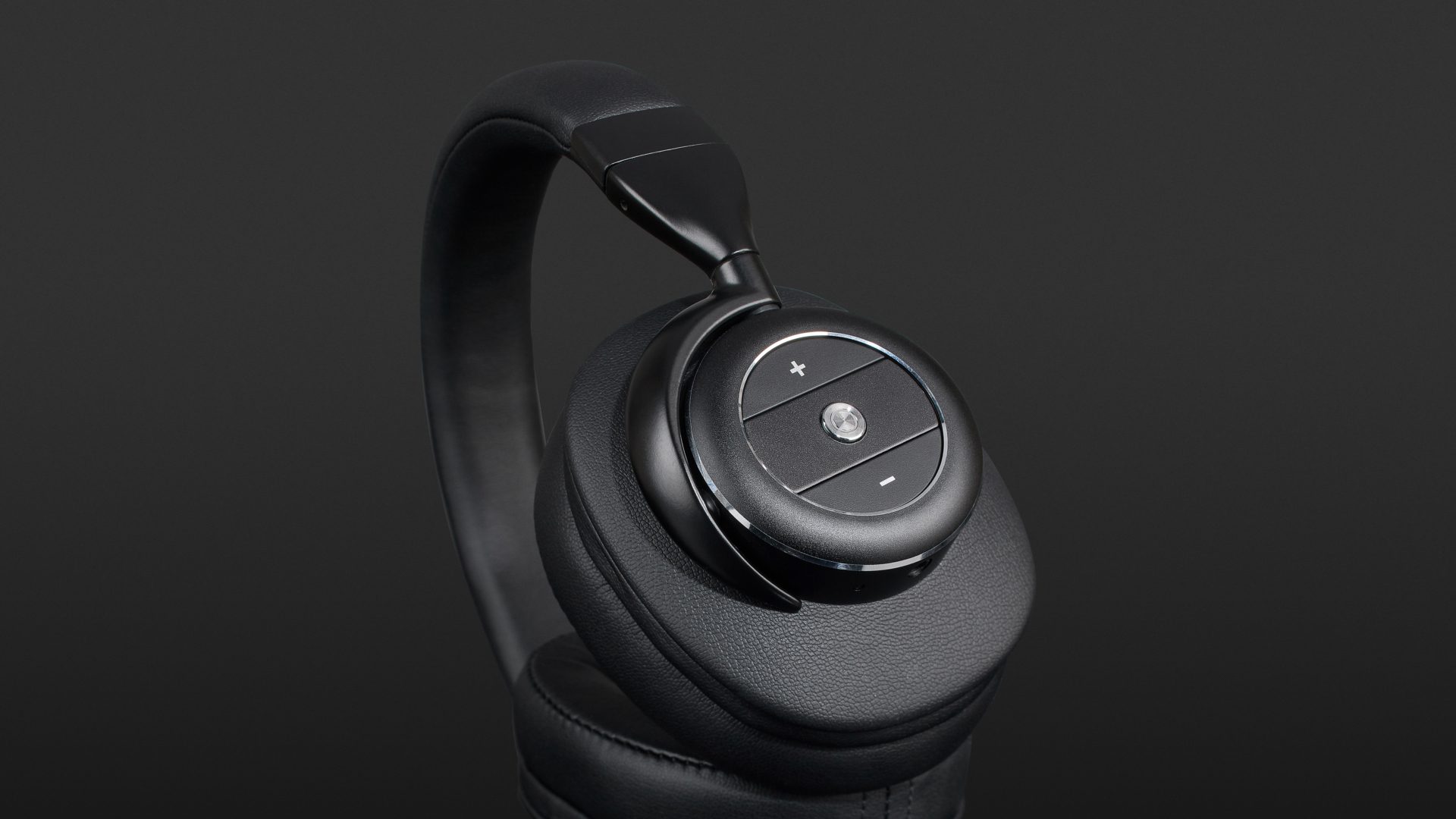

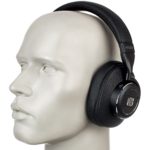
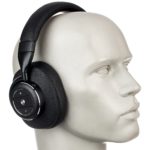

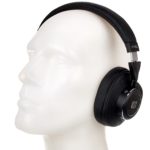
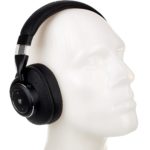

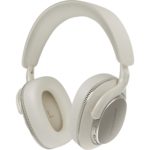





































How would these work in a scenario with multiple headphones? For example using these in bluetooth mode while other musicians have direct connections?